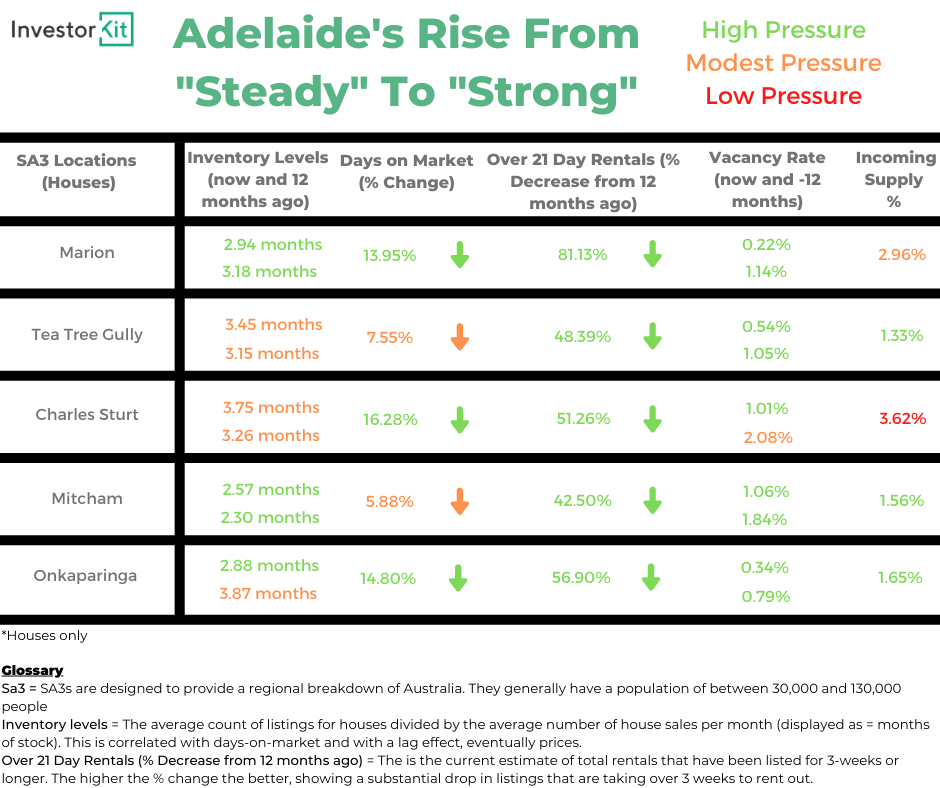From resilience to strength: How returning to normality is driving Adelaide’s growth
Adelaide’s success with preventing the spread of COVID-19 is seeing consumer confidence grow and a return to a pre-COVID lifestyle, which is having a strong impact on house prices, a researcher has revealed.

In a conversation with nestegg, InvestorKit’s head of research, Arjun Paliwal, explained what happens to the property market when cities emerge from COVID-19.
“The property council in South Australia recently shared that up to two-thirds of workers are back in the CBD,” Mr Paliwal said.
“It suggests that while we will have more people working from home, it’s unlikely that our CBDs become ghost towns. Currently, Adelaide is a leading indicator of what is happening as we come to some sort of normality.”
Mr Paliwal said this is building on a trend that has been going for a few years, with the Adelaide market remaining resilient while Sydney and Melbourne suffered its pre-election corrections.
“Adelaide has been resilient. When you think of the downturns in Sydney and Melbourne between 2017 and 2019 with the ups and downs of a changing political environment and credit changes, we didn’t see Adelaide respond to the same level,” he explained.

The researcher pointed to the high proportion of owner-occupiers that are returning to the market, with many properties selling above their reserve.
“Now we are starting to move from resilience to strength,” Mr Paliwal said.
“That is clearly happening as the missing component in Australia’s property market [since COVID] has been sentiment.”
He noted that Adelaide has the traditional fundamentals that would see a housing market grow.
“If you think of Adelaide’s house market that has low supply, if you combine that with cheap money and low rates, as well as owner-occupier affordability, all of a sudden that missing component of sentiment is now starting to show in a positive way in Adelaide,” the researcher said.
He also pointed to success on the COVID front – growing property prices in regions that otherwise would have struggled.
“What has been very interesting is the region of Marion was expected to see some negative impacts,” Mr Paliwal said.
“If you look at the workforce breakdown, 11 per cent of workers in Marion are in the retail trade, 10 per cent of workers in education and training, as well as 8 per cent in accommodation and food services.
“One in three workers [was] in the three top impacted areas if you include the education sector with the university in Marion.
“So, this just shows despite facing headwinds, it has remained resilient despite the pandemic,” Mr Paliwal concluded.
